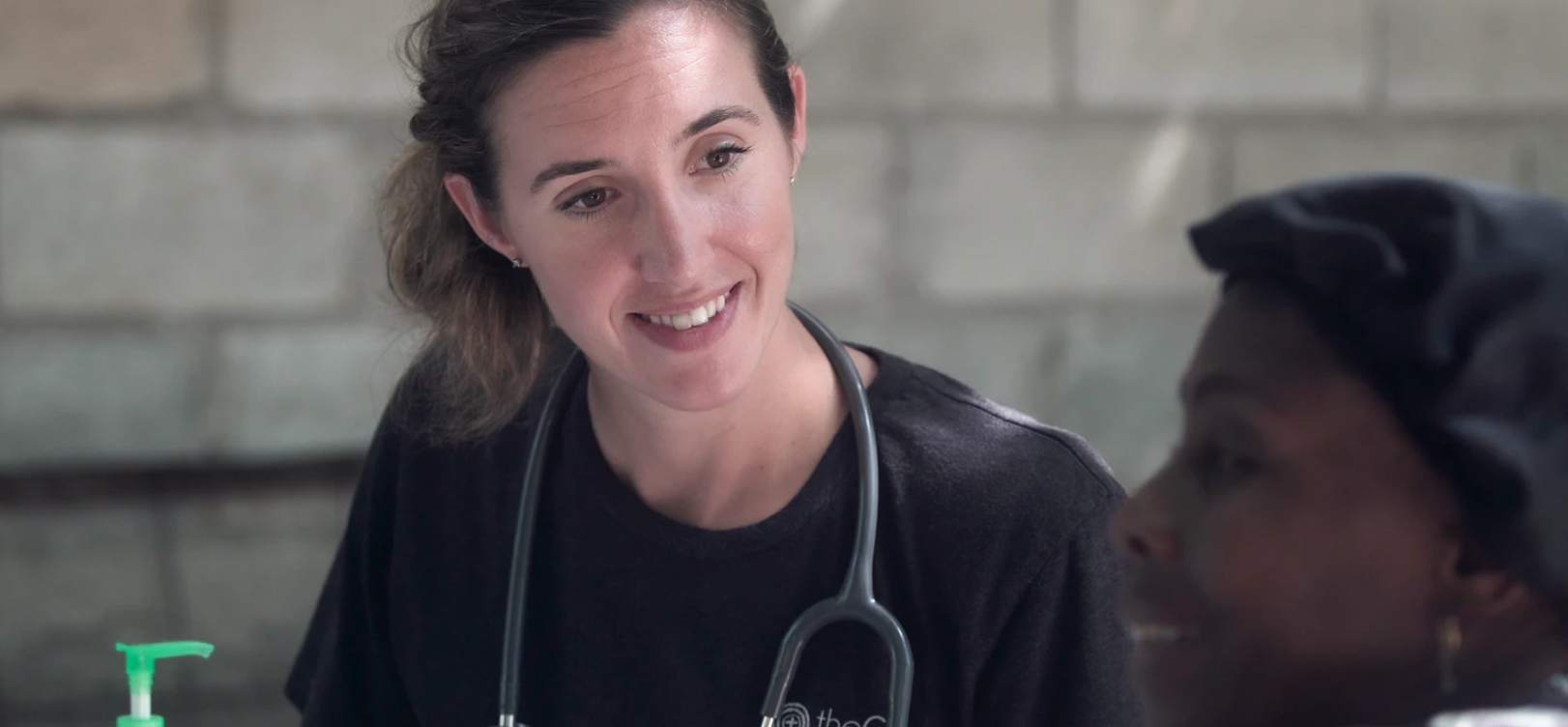Expert Medical Writers & Editors Makes

Most people think of neurosurgery as brain surgery — but it is much more! It is the medical specialty concerned with the diagnosis and treatment of of patients with injury to, or diseases/disorders of the brain, spinal cord and spinal column, and peripheral nerves within all parts of the body. The specialty of neurosurgical care includes both adult and pediatric patients. Dependent upon the nature of the injury or disease a neurological surgeon may provide surgical and/or non-surgical care.
During this residency training, neurosurgeons are trained in all aspects of neurosurgery, including the cerebrovascular system, the spine and spinal cord, trauma, tumors, pain management and pediatric surgery. Residents complete a minimum of 60 months of training in the neurological sciences, with at least 36 of those months are devoted to clinical neurosurgery and a minimum of 3 months devoted to clinical neurology.
A physician who specializes in neurosurgery. Neurosurgeons are not just brain surgeons, they are medically trained neurosurgical specialists who can also help patients suffering from back and neck pain as well as a host of other illnesses ranging from trigeminal neuralgia to head injury and Parkinson's disease.
Neurosurgeons provide the operative and non-operative management (i.e., prevention, diagnosis, evaluation, treatment, critical care and rehabilitation) of neurological disorders. Because neurosurgeons have extensive training in the diagnosis of all neurological disease, emergency room doctors, neurologists, internists, family practitioners, and osteopaths often call upon them for consultations.
OHSU Doernbecher has the first pediatric intraoperative magnetic resonance imaging (MRI) facility on the West Coast. The Doernbecher intraoperative MRI, or iMRI for short, uses a 3-Tesla magnet, which is incredibly powerful, to generate high-resolution images right in the operating room. The 10-ton unit glides from an adjacent room on industrial-strength rails, then retracts when the scan is finished. Bringing the MRI into the operating room means surgeons do not need to move delicate pediatric patients in and out of the operating room during surgery.
This new technique uses advanced medical imaging to improve the accuracy and safety of placement of electrodes in the brain (e.g. deep brain stimulation). Patients do not need to be awake during this surgery. An MRI of the patient’s brain is obtained before surgery and during surgery a CT scan provides improved clarity for surgeons to place electrodes.
Stereotactic, is a term used to describe a procedure performed in precise and defined three-dimensional (3D) space using a computer system. The ability to perform computer assisted neurosurgery allows for maximal precision in planning and performance of minimally invasive surgical interventions for movement disorders, epilepsy, brain tumors and other intracranial disorders. The Department of Neurological Surgery has pioneered the use of stereotactic neurosurgery and computer technology, and is in international training site for neurosurgeons interested in this new technology.
The AIRC is home to five research dedicated MR Instruments. These sophisticated machines support novel research investigating normal physiology, brain development and aging, and disease pathophysiology with high-performance non-invasive imaging capabilities.

